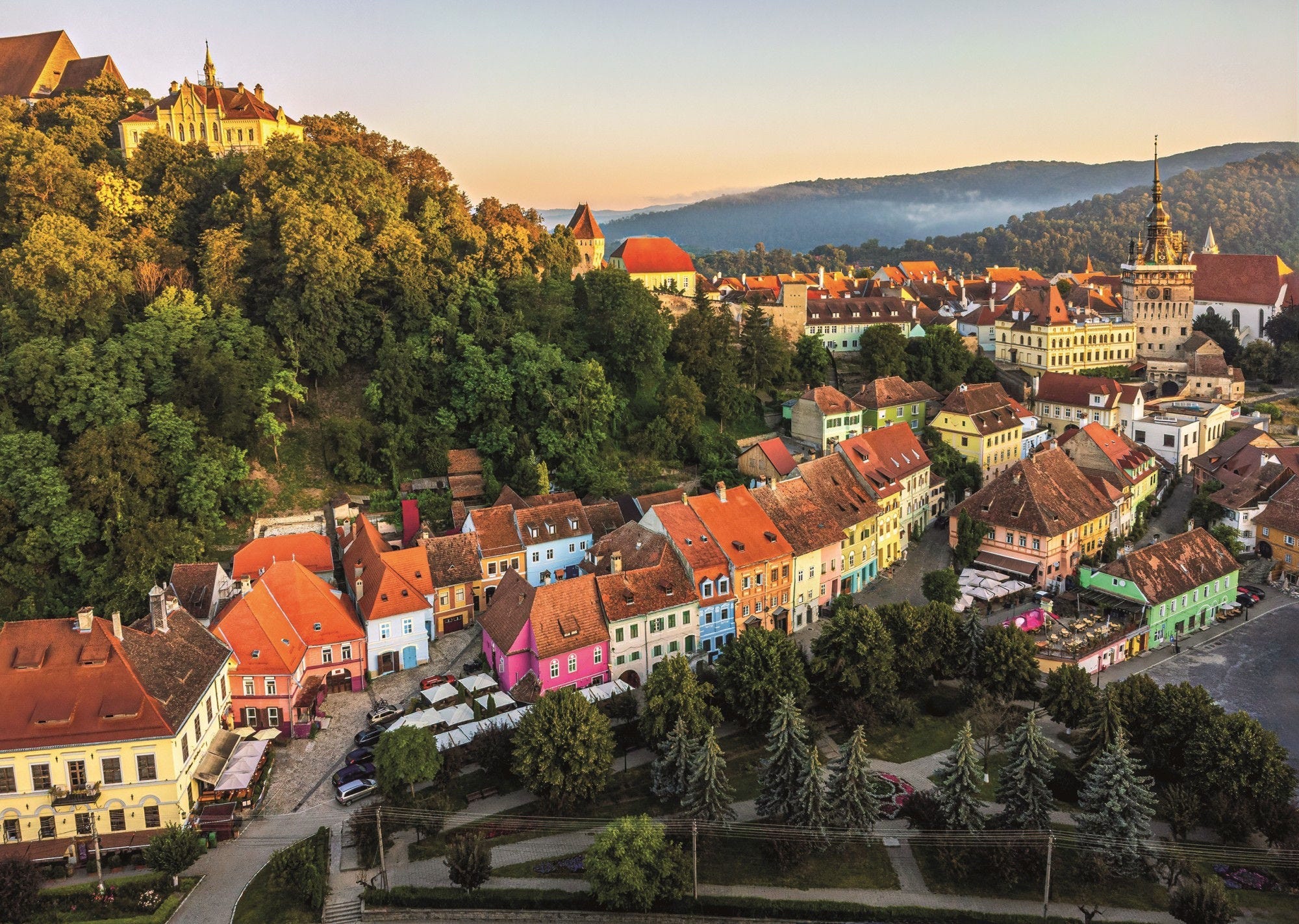Growth in Romania’s economy slowed over the past two years but remained solid, helping to close ground on living standards in higher-income countries. Output continued to increase even as Russia’s invasion of Ukraine, and ensuing shocks to energy and agricultural commodity markets, threatened to cut short a recovery from the COVID-19 pandemic. Major supply disruptions have since eased. So too have the high energy prices that sparked a surge in inflation which tight monetary policy is still trying to tame. Higher borrowing costs and weak global growth are now combining to slow activity in the economy.
Achieving rapid income gains in the years ahead will not be easy. Recent developments have exposed the limits of a growth formula reliant on a cheap supply of labour and low taxes. Firms’ costs are rising as real wages increase faster than productivity. A pressing challenge is that Romania does not raise enough tax to fund ongoing public spending, which is set to rise. New consumption and income tax measures go part way towards addressing persistent revenue shortfalls. But without more ambitious reform, fiscal imbalances will deteriorate as population ageing strains future budgets. Higher debt servicing costs or lower potential growth would further complicate the task of fiscal consolidation.
Romania confronts its macroeconomic policy challenges from a reasonable starting position. Public debt, while rising, is for now still at manageable levels. With the steadying influence of EU institutions, Romania is benefiting from a period of relative financial stability as it seeks to stabilise public finances. External support from EU funds will keep infrastructure investments on track, provided available grants and loans can be absorbed quickly and effectively over the next few years. There is also ample room to efficiently expand Romania’s narrow revenue bases and momentum in reforms to remove barriers to higher economic potential (Box 1.1 and Box 1.2).
Strong productivity growth would quickly lift living standards but needs a strong investment climate and continued structural reform if it is to last (Figure 1.1). Regulations are improving but heavy bureaucracy still adds to firms’ costs. Underperforming state-owned businesses distort competition, while limited credit access constrains business growth and impedes resource reallocation. Romania’s past institutional reforms are still paying off. But predictable policymaking is needed to shore up business conditions.
Socio-economic disparities remain wide. Poverty risk is high (Figure 1.2), particularly in rural areas and Roma communities. Cost-of-living pressures in the past two years have been a reminder of the need to improve social protection as public resources expand. Policies can also do more to encourage formal employment, including among women and older Romanians. Better health care and schools would expand opportunities and give young people strong reasons to stay in Romania rather than emigrating.



